Some of the links in this post may be affiliate links.
Indoor ferns have gotten a bad reputation. This post will focus on fern care in general, but I will illustrate using Nephrolepis exaltata plants, or the common Boston Fern.
They can be tricky to grow. But it doesn’t have to be! I will teach you everything you need for success and will I will also give you some secrets that few, if any, generic websites will give you. So keep reading!
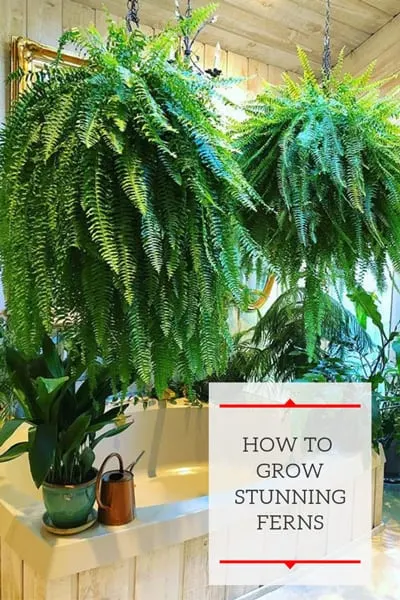
Growing ferns in pots indoors is actually quite easy as long as you do a few things to set yourself up for success! So keep reading to arm yourself with all the needed knowledge to grow ferns indoors.
Table of Contents
Indoor Fern Care
There are several elements that are crucial for growing indoor ferns such as the Boston Fern, or any fern for that matter:
Light
Very careful attention to watering and fertilizing
Proper potting mix
Proper pot type and size
And last but not least, the VERY misunderstood topic of humidity
Keep reading to explore these topics. But first, take a look at this photo of me with my Nephrolepis pendula which is closely related to the common Boston fern, but it has longer fronds.
The care is the same as the common Boston Fern, Nephrolepis exaltata.

Light for Indoor Ferns
This one will be the easiest topic to understand and implement. Ferns in general can not tolerate strong, direct sun. They will thrive in bright indirect sun, but a little bit of sunshine is OK.
Especially if it is morning sunshine. If you live in a colder, more northern climate like I do, some direct sunshine especially in the winter is very beneficial since it is weaker then.
The fern that I’m hugging in the photo above is living in our sunroom. It has been hanging in front of a Northern exposure window since I purchased the fern back in 2015.
The room also has a sky light and a short wall of East windows. As a result, it receives largely bright indirect light, but it does get a little morning sunshine at times. Whatever you do, just avoid long, extended periods of direct sunshine, especially if you live in warmer climates. Ferns just didn’t evolve to tolerate a lot of direct sunshine.
If all you have are super-sunny windows (which is a good problem to have), you can set the plant a little further back. Another thing you can do is diffuse the sunshine with either sheer curtains or partially closed blinds.
Watering Your Indoor Ferns
The absolute most critical aspect of being able to grow ferns successfully is very careful attention to watering! Many people think that humidity is the most important topic in fern care but watering is MUCH more important!
While humidity is important, proper soil moisture is even MORE important. In fact, it is paramount.
Humidity is a VERY misunderstood topic and I will elaborate on that in the following sections.
Ferns are not houseplants that you can forget about and water whenever the hell you remember. If you want a houseplant that you can neglect, I suggest that you grow more plants like Sansevieria.
In general, ferns like to be kept on the moister side. For most houseplants, I normally recommend that the top inch or so of the potting soil dry out before watering it again. This can apply to ferns as well, but it would be even better to water your fern when the surface of the soil is just barely dried out.
Whatever you do, your fern’s soil should NEVER go completely dry! This will be a recipe for disaster.
On the other hand, you don’t want to drown your fern either. So be careful not to let your fern sit in water for extended periods of time.
If you let your fern go dry, it will develop dry fronds and it will shed leaves excessively.
Some amount of shedding is normal so don’t expect perfection! But be careful to not let your fern go too dry.
Don’t freak out if your ferns develop some dry fronds, especially in the middle of winter. This is normal and no cause for alarm (unless you let that soil dry out too much…in which case, whip out that watering can!)
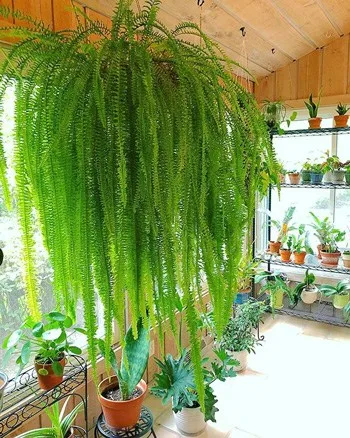
Fertilizing Your Ferns
No special fertilizer is needed other than a general purpose fertilizer. I fertilize with every watering, dilutely, throughout the growing season.
I refrain from fertilizing in the winter when growth pretty much comes to a halt.
One wonderful all-purpose fertilizer that I use for most of my houseplants is Dyna-Gro Grow which I purchase from Amazon.
I like to spoil my houseplants this this amazing fertilizer. It has all the micro and macro nutrients that plants need to grow, is urea-free and my plants have responded beautifully.
Be sure to get some Dyna-Gro Grow today for your ferns and any of your tropical houseplants and see the difference for yourself!
If you are confused in general about fertilization in general and don’t know when or how to do it, check out my houseplant fertilization blog post to bring some basic understanding once and for all.
Potting Mixes for Ferns
Many sites just don’t talk about potting mixes for ferns, so keep reading and really absorb this section. This is very important.
There are various potting mixes that you can use for indoor ferns. Take a look at the list below.
You can either purchase a pre-packaged mix, or you can even create your own easy blends for ferns if you want to give your mix a custom touch!
I use Miracle-Gro Potting Mix for quite a variety of plants. It’s a fantastic all-around potting mix and has the added benefit of having fertilizer added to the mix.
So you can use this potting mix and not have to worry about fertilizing for a few months.
One wonderful potting mix that is stellar for ferns is the Miracle-Gro Moisture Control Potting Mix. It absorbs more water than standard potting soils and offers you a buffer in case you are sometimes forgetful in watering your ferns!
This is a great potting mix for any houseplants that like to stay on the moister side such as ferns. I would avoid this product for plants that like to dry out in between watering…such as cacti, succulents, etc.
One other thing that you can try is mixing vermiculite in with any old, good houseplant potting mix that you have on hand.
Vermiculite holds moisture, so when mixed in with a standard houseplant potting mix, it will benefit your ferns and other moisture loving plants.
If you want a mix you can use right out of the bag, try out the AMAZING potting mixes from Oh Happy Plants. I recommend the Zombie Maiden Soil Blend, and if you use my link, you will automatically receive 10% off at checkout for any product.
Pot Type & Size for Ferns
I have a couple important comments here. First of all, as far as pot type, you can use whatever type of pot you’d like, except you should avoid terra cotta pots.
Terra cotta pots dry out much too quickly for ferns, so using terra cotta would work against your favor. You are trying to conserve moisture so don’t make your life harder by repotting ferns into terra cotta pots.
Keep a close eye as your ferns grow. As they get more and more pot bound (and they will!), it will become harder and harder to keep them well watered.
When plants get very pot bound, they will use water up much more quickly. So at this point, you have two options.
- You can just water more frequently.
- You can repot into a larger pot. Which can be annoying for a larger fern but possible!
In the photograph of me hugging my large hanging fern, it is planted in a special pot. This particular pot is absolutely amazing and it has made my life a lot easier.
I highly recommend this pot for your hanging ferns. The one I have at home is no longer available from the manufacturer, but here is a similar self-watering hanging pot.
It will make all the difference in growing ferns! I still water from above and likely some of the water will then go into the reservoir. As long as you don’t absolutely flood your plant, you should be fine.
You will be amazed how much water ferns will use up, especially as their roots grow and become somewhat potbound!
I even know of people that successfully grow maidenhair ferns in self-watering pots and have great success.
Maidenhair ferns are notoriously difficult indoors, but self watering pots will make a world of difference!
If you’d like to read about maidenhair ferns check out my blog post where I show the step by step process that I used to plant maidenhair ferns in a self-watering pot.
It will put your fern on autopilot and your maidenhair will LOVE IT!
Humidity for Ferns
The MUCH misunderstood topic of humidity!
The most effective way to increase humidity is to use a humidifer. Forget the misting. You may be shocked to hear this, but you see the picture of that beautiful fern that I posed with? I never mist it. You read that correctly. I never mist it!
Why? Because if you pay more attention to keeping your fern properly watered, it will benefit your plant FAR more than the dinky little misting bottle that you are sashaying around with.
Do yourself a favor and get a humidifier if you really want to increase the humidity in your space.
I use the Levoit Ultrasonic Humidifier that I purchased from Amazon and it is amazing! It has so many features, including both warm and cool mist options.
You can also set the percent humidity to where you want it, and is very adjustable overall.
The water reservoir is also a very nice size and will last a long time. It even has a little compartment where you can add essential oils! And to boot, it even has a remote control.
I’ve purchased so many of the cheaper humidifiers and they just don’t last, and they don’t offer the features that this humidifier provides. You will not be disappointed!
I use my Levoit Ultrasonic Humidifier almost non-stop in the winter when the air is painfully dry. Not only is dry air bad for plants, but also for our skin! Do yourself and your plant collection a favor and humidify the air!
How can you measure humidity? Get a hygrometer to monitor the humidity level. You should aim for at least 50% humidity levels.
A level of 60-70% would be even better if you can! (But if you get the Levoit Ultrasonic Humidifier, it has a built in hygrometer!)
But like I mentioned earlier, make sure you get your watering down pat first and then worry about humidity. If you have both, then you are golden and you will have even more spectacular results!
Be sure not to miss my Maidenhair Fern post with step-by-step instructions on how to set it up in a self-watering pot. You won’t believe how easily you can maintain these beauties!
And if you love ferns and are looking for a more unusual one, check out the Davana fern. It is spectacular!

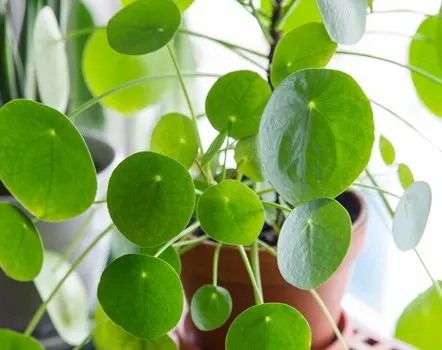
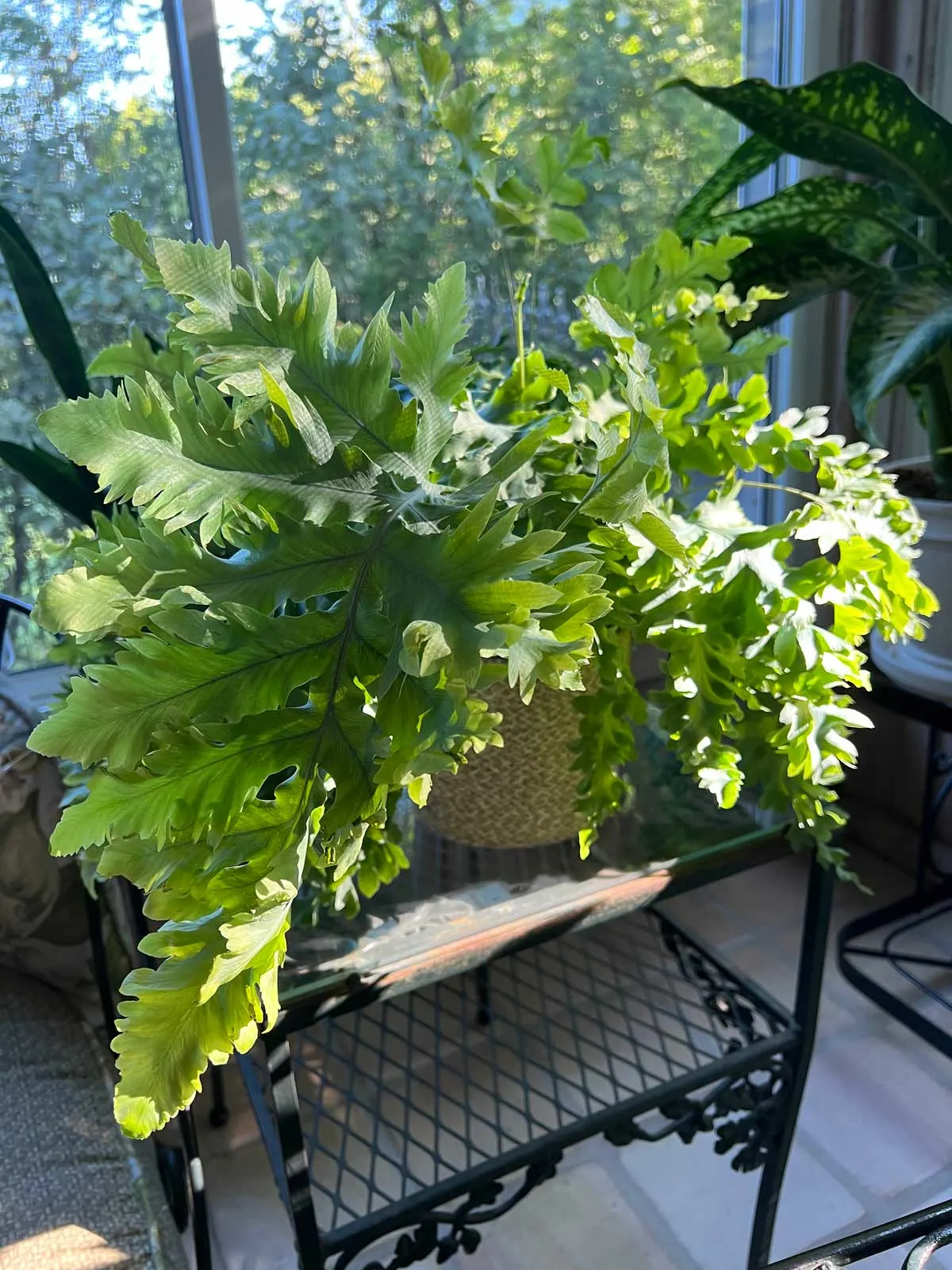
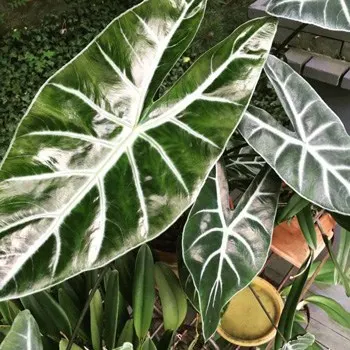
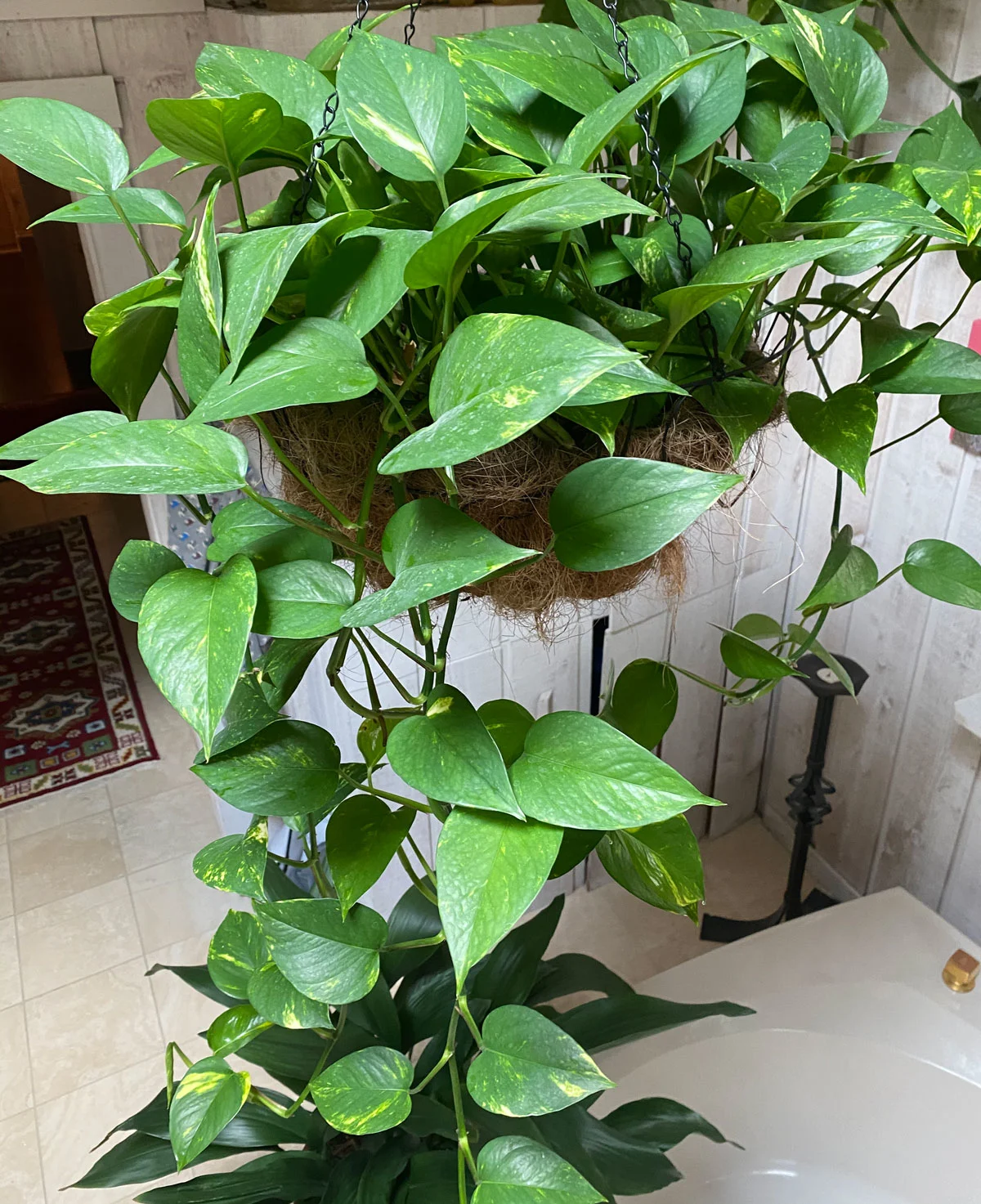
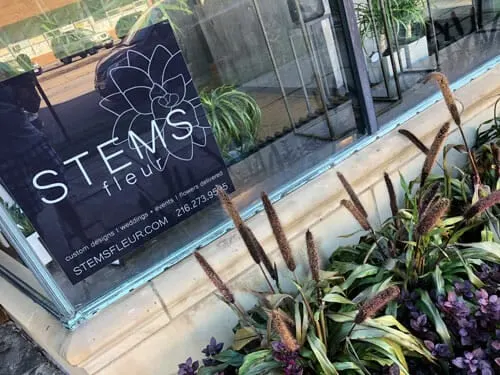
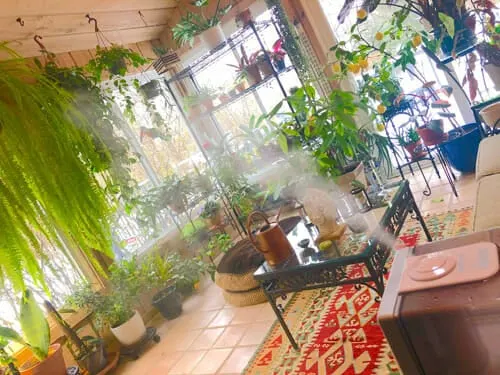
Emma
Tuesday 28th of November 2023
Hi there! Loved your article! How long did it take for your Nephrolepsis pendula to start developing really long fronds? I’ve have a few plants for over a year and the longest fronds are only 2 feet long. Wondering if I’ve purchased the wrong plant! Thanks!
Raffaele
Thursday 30th of November 2023
Hi Emma! I don't remember, but I don't think it was terribly long. Unless your plants were mislabeled!
Colorado wildflower
Tuesday 18th of July 2023
Hello.. By a big mistake I sprayed my Boston Fern with Vinegar Water!!!!! I freak OUT! I took him off his hook and put him in the bathtub and soaked him down with the shower running. I feel terrible! Did I Kill Mr. Boston??? Any replys are helpful...Thank You!!!
Raffaele
Wednesday 19th of July 2023
Hi there! Awwww, I'm sorry to hear that! The only thing you can do is just resume your normal care and just see what happens. You did well to rinse the plant off with plain water afterward. It's hard to say without seeing a photo, but just nurture the plant and see what happens.
Tina
Thursday 6th of April 2023
I have a fern I inherited that is literally mostly dead, can I bring it back??
Raffaele
Thursday 13th of April 2023
I've found that if ferns barely have any foliage left, it can be really hard to bring them back sufficiently. It's worth a try though!
wanda virden
Monday 20th of March 2023
first time grower of a fern so i am useing most of your advise and hopefully won't kill the little girl
Valerie
Monday 11th of July 2022
Hi Thanks for all the info.I love ferns but haven’t had luck. I wonder if I need to transplant the fern cause when u mentioned to feel the soil.. I don’t feel soil just the fronds .. maybe root bound? Thanks again Val
Raffaele
Monday 11th of July 2022
If the surface just feels like a hard mat of roots, it most likely needs a larger pot.